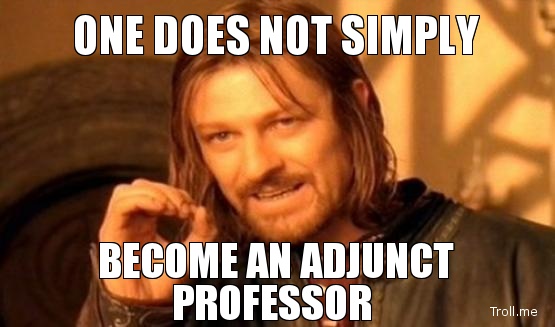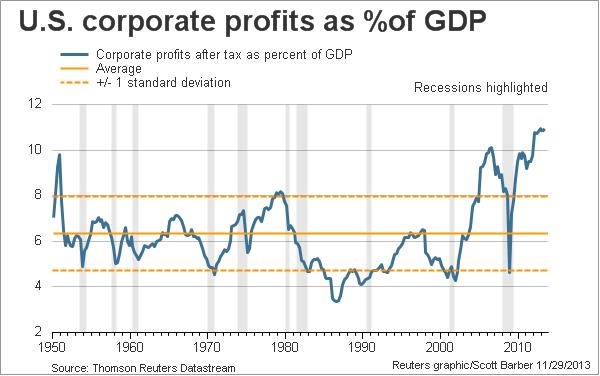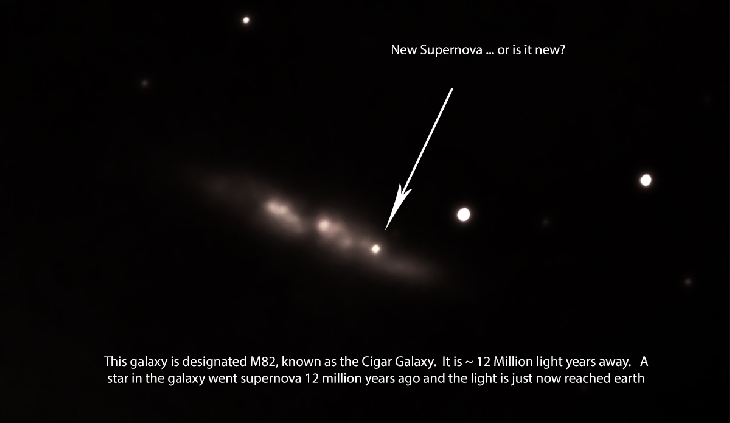 “Long time readers of Sean Wilentz will remember him for greatest hits like his notorious piece on…[Obama in 2008 being] ‘the most outrageous deployment of racial politics since the Willie Horton ad campaign in 1988‘…[This article,] perhaps the purest exercise in even-the-liberal-New Republic-ism that the magazine has published since its change in ownership…[is] so obviously intellectually shoddy and incoherently argued that you’d have thought that any half-way competent editor would have decided that no amount of contrarianism was worth the damage to the magazine’s brand.”
“Long time readers of Sean Wilentz will remember him for greatest hits like his notorious piece on…[Obama in 2008 being] ‘the most outrageous deployment of racial politics since the Willie Horton ad campaign in 1988‘…[This article,] perhaps the purest exercise in even-the-liberal-New Republic-ism that the magazine has published since its change in ownership…[is] so obviously intellectually shoddy and incoherently argued that you’d have thought that any half-way competent editor would have decided that no amount of contrarianism was worth the damage to the magazine’s brand.”
Doing the world a great service, Crooked Timber thoroughly and quite rightly eviscerates historian Sean Wilentz – being hackish again — for his comically terrible TNR expose of Edward Snowden, Julian Assange, and Glenn Greenwald, as if their opinions on other matters, or Greenwald’s propensity for scorched-earth arguing, had anything to do with the legality, constitutionality, or desirability of the surveillance state.
“This paragraph is the cornerstone of the big, teetering edifice that Wilentz is trying to construct. And it’s made out of straw and horseshit…It’s shoddy hackwork, a kind of underpants gnome reasoning…It’s sad to see someone who considers himself (and is considered by many of his colleagues) to be a serious historian shoveling this kind of tripe in public; it’s the sort of thing that gives public intellectualism a bad name.” (Photo via here.)

Along similar lines, also worth noting in this arena is the recent
anonymously-sourced statements of senior defense officials about Edward Snowden.
“I would love to put a bullet in his head,” one Pentagon official, a former special forces officer said bluntly…'[H]e is single-handedly the greatest traitor in American history.’…’His name is cursed every day over here,’ a defense contractor told BuzzFeed, speaking from an overseas intelligence collections base. ‘Most everyone I talk to says he needs to be tried and hung, forget the trial and just hang him.'” And that sort of semi-official fantasizing about murder by DoD brass is
exactly why these assholes have to be reined in.











